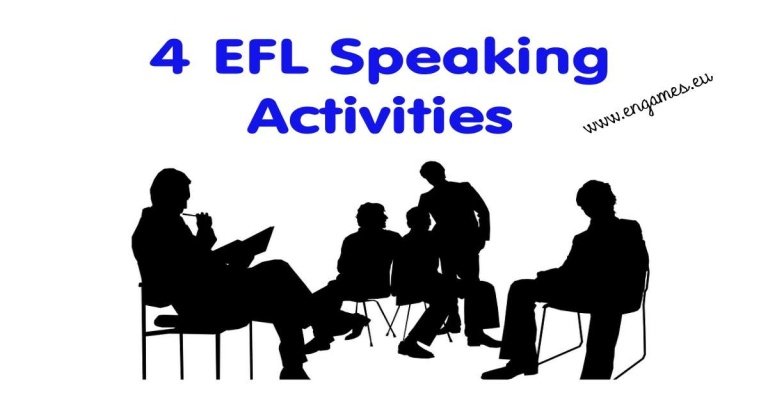Four EFL Speaking Activities that Work
Speaking activities should be the core of the communicative approach. However, there are many textbooks that come with very few exercises to practise this skill. And then you have to create your own. To save your time and energy I will share four speaking activities that worked very well in my classes. <!– wp:more –>…
